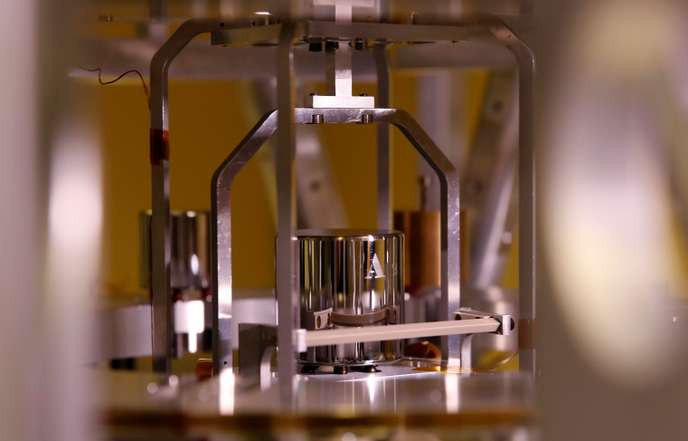
Today 05/21/2019 the Physical kilogram is officially dead
Definitions of four basic scientific units, including the Kilogram and the Kelvin, now rely on fundamental constants rather than arbitrary measures.
The change, decided last year, means that all the base units of the International System of Units (SI) are now defined according to fixed fundamental constants of nature, rather than by a physical object or arbitrary reference.
The shift, which metrologists have been working on for decades, marks the biggest shake up to SI units since 1875. But it will be most transformational for the Kilogram. Until World Metrology Day on 20 May, every mass in the world was calibrated against a lump of Platinum and Iridium that resides in a vault near Paris. However, this mass, which has defined the Kilogram since 1889, is vulnerable to wear and tear, making it a potentially unstable reference.
Now, the Kilogram will be derived through an experiment that uses a fixed value of Planck’s constant. In one method, a device known as a Kibble balance generates an electromagnetic force that is balanced against a mass. Planck’s constant is used to derive the magnitude of the electromagnetic force, which in turn is used to calculate the mass (Planck’s constant defines the size of packets of energy at the quantum scale, with exquisite precision). The ampere, the kelvin and the mole will be redefined using other experiments.
The three other basic SI units — the second, the meter and the candela — are already based on constants. For example, since 1983, the Meter has been defined according to the speed of light: one meter is the distance light travels in a vacuum in 1/299,792,458 seconds.
Today’s redefinition allows any laboratory with suitably precise equipment to define the Kilogram from scratch. By relating the definition to a constant, through an experiment, rather than to an arbitrarily sized object, it also means that scientists can work at the highest level of precision on any scale, without losing accuracy.
The change also means that the constants on which the new definitions rely — the charge of the electron for the Ampere, Avogadro’s constant for the Mole, Boltzmann’s constant for the Kelvin and Planck’s constant for the Kilogram — are from today fixed values with zero uncertainty.
 English
English Arabic
Arabic


